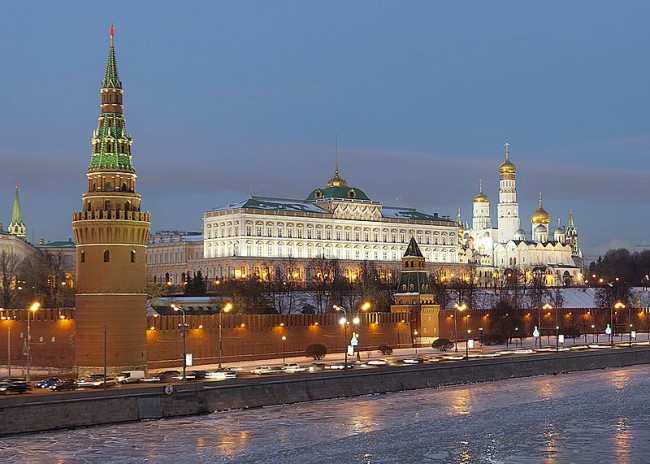Putin, Merkel, Hollande end talks on Ukraine crisis

A tripartite meeting on the Ukraine crisis, involving Russian President Vladimir Putin, French President Francois Hollande and German Chancellor Angela Merkel, ended here at midnight, a Kremlin spokesman said on Saturday.
The French and German leaders have left the Kremlin and were heading for the airport, spokesman Dmitry Peskov told reporters.
The three leaders ended the nearly five hours of talks without announcing the outcome of their talks.
Peskov said the meeting was “constructive and substantial” and that efforts would be continued to draw up a possible joint document on the implementation of the Minsk agreements reached in the Belarussian capital of Minsk in September.
“Joint work is being done to draft a document that would include the Ukrainian president’s proposals and those put forward today by Russian President Vladimir Putin,” the spokesman said.
There will be a telephone conversation in the Normandy format on Sunday when preliminary results of Friday’s meeting will be reviewed, said Peskov, referring to talks in France in June that involved Putin, Merkel, Hollande and Ukrainian President Petro Poroshenko.
The French and German leaders’ meeting with Putin came a day after their surprise visit to Kiev where they talked with Poroshenko to discuss ways to end the fighting in eastern Ukraine.
The Minsk agreements aimed at committing the Kiev government and the pro-independence militants to an immediate ceasefire in eastern Ukraine failed to stop the violence which has killed over 5,300 people since April 2014. The fighting intensified sharply over the past two weeks.
Last Saturday’s Trilateral Contact Group talks in Minsk failed to produce an agreement.




